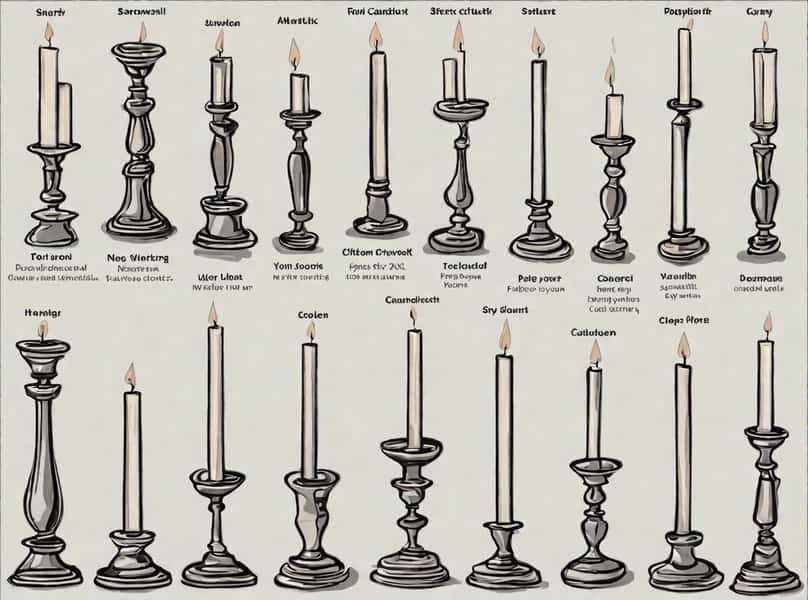
In the fast-paced realm of financial markets, where every decision can make or break fortunes, having a solid understanding of candlestick patterns is paramount. These visual representations of price movements provide traders with invaluable insights into market trends, reversals, and potential entry or exit points. In this comprehensive guide, we delve into the intricate world of candlestick patterns, offering a detailed cheat sheet to empower both novice and seasoned traders.
I. Introduction to Candlestick Patterns
1.1 What Are Candlestick Patterns?
Candlestick patterns are graphical representations of price movements in financial markets. Each candlestick consists of a body and wicks, reflecting the opening, closing, high, and low prices within a specific time frame. Understanding these patterns enables traders to predict market behavior.
II. Common Candlestick Patterns
2.1 Engulfing Patterns
Engulfing patterns signify a shift in market sentiment. A bullish engulfing pattern occurs when a small bearish candle is followed by a larger bullish candle, indicating potential upward movement. Conversely, a bearish engulfing pattern suggests a potential downtrend.
2.2 Doji
The Doji candlestick, characterized by its almost nonexistent body, signifies market indecision. Traders often view Doji patterns as precursors to potential reversals or significant price movements.
2.3 Hammer and Hanging Man
Hammer and Hanging Man patterns both have small bodies and long lower wicks, indicating potential trend reversals. The distinction lies in their occurrence within an uptrend (hammer) or downtrend (hanging man).
2.4 Morning and Evening Star
The Morning Star and Evening Star patterns are three-candle formations signaling potential reversals. The morning star suggests a bullish reversal, while the evening star indicates a bearish reversal.
III. Advanced Candlestick Patterns
3.1 Three Inside Up and Three Inside Down
Three Inside Up and Three Inside Down patterns involve three consecutive candles. The “inside” candle is contained within the high and low of the preceding candle, signifying potential trend reversal.
3.2 Dark Cloud Cover and Piercing Pattern
The Dark Cloud Cover and Piercing Pattern are dual-candle formations indicating potential reversals. The dark cloud cover suggests a bearish reversal, while the piercing pattern indicates a bullish reversal.
IV. Importance of Candlestick Patterns in Trading
4.1 Precision in Decision-Making
Traders use candlestick patterns for their precision in conveying market sentiment. The ability to identify these patterns enhances decision-making accuracy, allowing for well-informed trades.
4.2 Timing Entry and Exit Points
Candlestick patterns aid in timing entry and exit points, crucial in maximizing profits and minimizing losses. Recognizing patterns at key support and resistance levels adds an extra layer of strategic advantage.
V. Integrating Candlestick Patterns into Your Trading Strategy
5.1 Backtesting Strategies
To harness the power of candlestick patterns, traders should backtest strategies to determine their effectiveness under various market conditions. This empirical approach ensures a more robust and reliable trading system.
5.2 Risk Management
Successful trading goes beyond pattern recognition; it involves effective risk management. Integrating candlestick patterns into a comprehensive risk management strategy enhances overall trading performance.
VI. Conclusion
In conclusion, mastering the art of interpreting candlestick patterns is a game-changer for traders seeking a competitive edge. This cheat sheet serves as a valuable resource for recognizing and understanding the nuances of various patterns, enabling traders to make informed decisions in dynamic market conditions.




